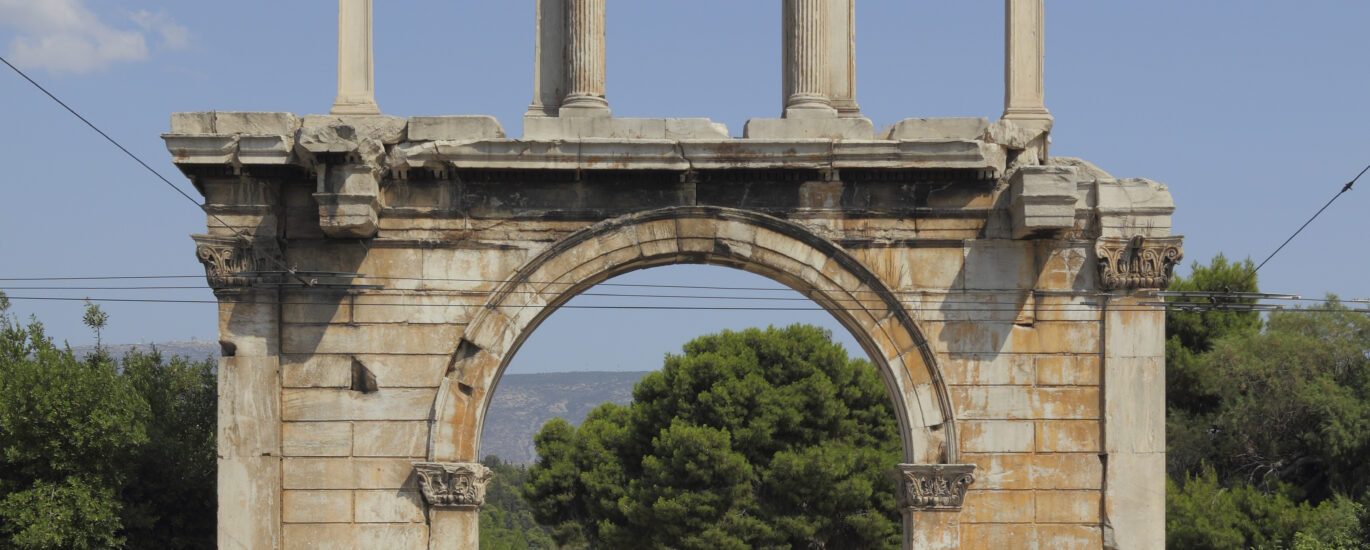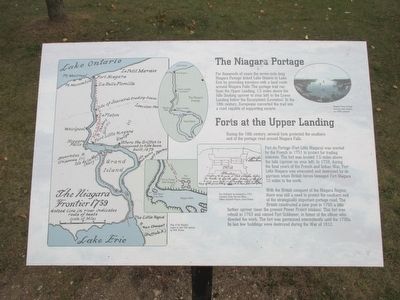As you approach the Arch of Hadrian, also known as Hadrian’s Gate, you’re stepping into a chapter of history that dates back almost two millennia. This monumental gateway, located at the crossroads of ancient Athens, Greece, is more than just an architectural marvel; it’s a testament to the city’s rich historical tapestry and its connection with the Roman Empire.
The Arch of Hadrian was constructed in 131 or 132 AD, a period when the Roman Emperor Hadrian was deeply involved in the cultural and architectural flourishing of Athens. The arch was built to commemorate Hadrian’s arrival and to honor his contributions to the city, particularly the completion of the nearby Temple of Olympian Zeus. Hadrian, who had been made an Athenian citizen years prior, was not just seen as a Roman emperor but embraced as an Athenian, a fact that is subtly embedded in the inscriptions on the arch.
As you pass through the arch, imagine the ancient road beneath your feet that once connected the heart of Athens to the eastern districts, a path once trodden by countless Athenians and visitors. The arch served as a symbolic boundary, marking the transition from the classical city of Theseus to the new Athens of Hadrian—a city that was now a hub of Roman influence and Greek tradition.
The Arch of Hadrian stands 18 meters high and is crafted from Pentelic marble, the very same material used for the Parthenon. Its design features Corinthian columns and pilasters, with symmetrical arches that frame the view of the Acropolis in the distance. This marble, quarried from Mount Pentelikon, speaks of the architectural grandeur and the dedication of the craftsmen of that era.
The inscriptions on the arch tell a story of duality: facing the Acropolis, one reads, “This is Athens, the ancient city of Theseus,” while the side facing the new city proclaims, “This is the city of Hadrian, and not of Theseus.” This duality captures the essence of a city steeped in ancient heritage yet embracing the new influences of Roman governance and culture.
Historically, the arch has witnessed the ebb and flow of empires and civilizations. It stood through the Byzantine era, the Ottoman occupation, and the modern rebirth of Athens as the Greek capital. Despite the ravages of time, the arch remains a poignant reminder of Athens’ role as a bridge between the ancient and the modern, the Greek and the Roman.
Today, as you stand before Hadrian’s Arch, consider its legacy not just as a physical structure but as a symbol of cultural convergence. It represents a moment when the Greek spirit and Roman power intertwined, leaving an indelible mark on the cityscape of Athens. Whether you’re a local or a traveler from afar, the arch invites you to pause and reflect on the layers of history that have shaped this timeless city.



